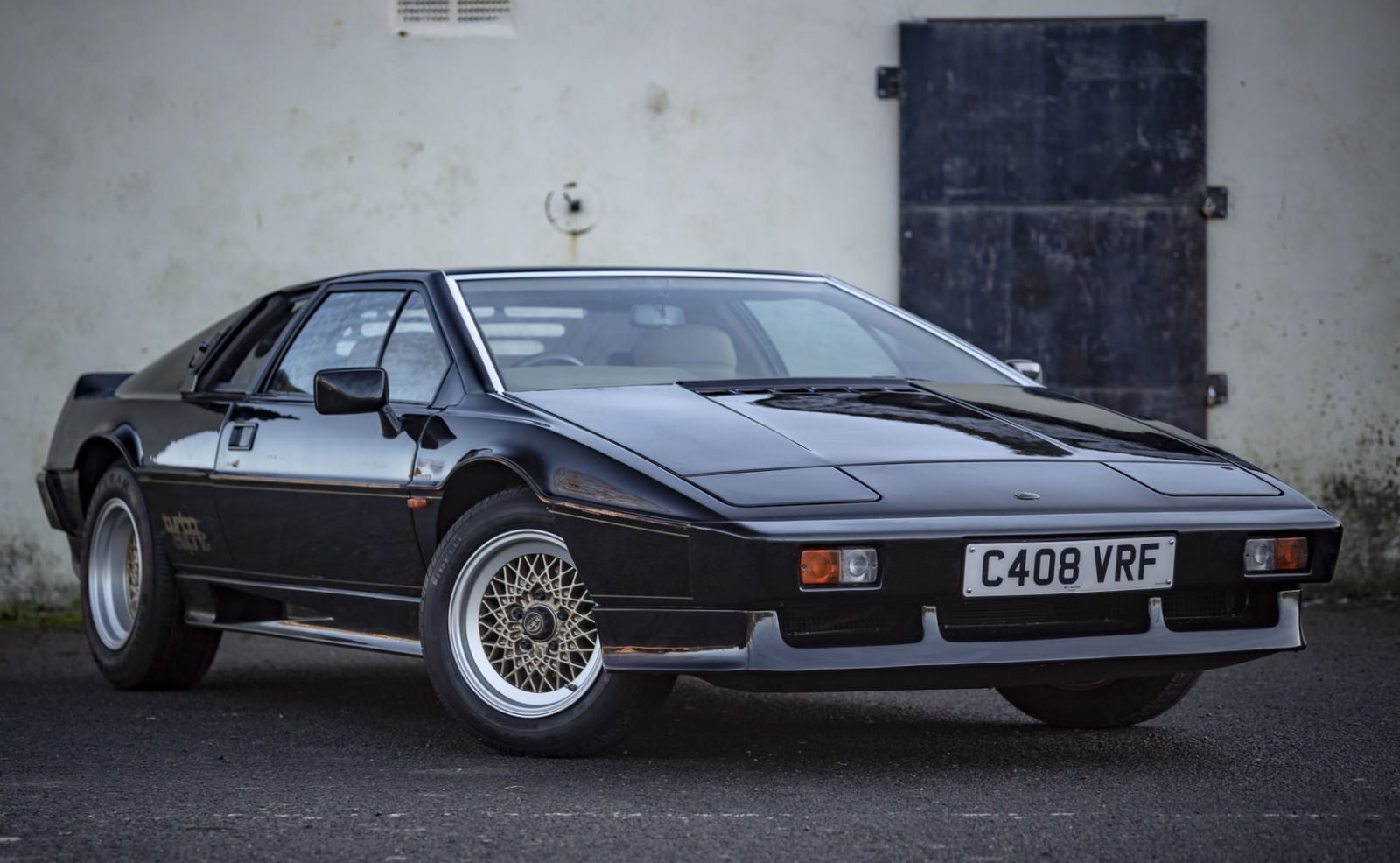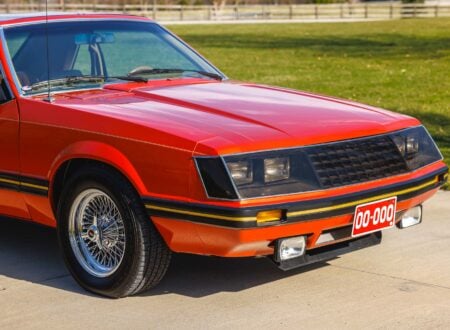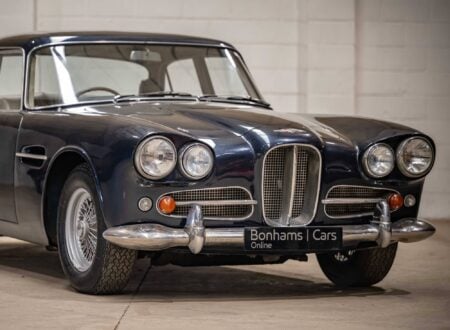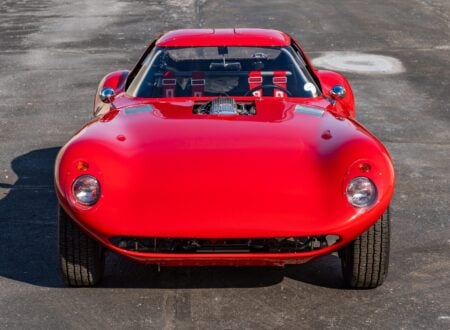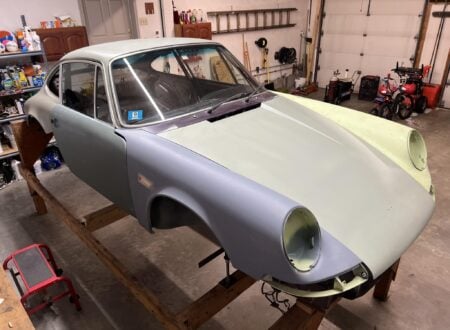The Lotus Esprit Turbo is undoubtably one of the most avante garde automobiles to make it into full scale production, its body is formed from an origami-like blend of flat surfaces and sharp creases all styled by the greatest car designer of the 20th century – Giorgetto Giugiaro.
Never one to do things by half, Lotus founder Colin Chapman envisioned the Esprit as the car that would take his small sports car (and kit car) company into the big leagues, competing with the likes of Porsche, Ferrari, Lamborghini, and Aston Martin.
Fast Facts – The Lotus Esprit Turbo
- The Lotus Esprit was first shown to the world at the 1975 Paris Motor Show, it was a stark departure from the curved lines that Lotus had become known for, and it earned the British automaker media coverage around the world.
- Much like the Europa and many other Lotus models that had come before it, the Esprit used a steel backbone chassis with a fiberglass body, independent front and rear suspension, and a four-cylinder engine with a manual transmission.
- The design of the Esprit was done by Italian great Giorgetto Giugiaro, using some inspiration from his earlier Boomerang concept car. Years later he would be named “Car Designer Of The Century” after winning a poll conducted among the world’s most prominent car designers.
- The Lotus Esprit Turbo was introduced in 1980 as the Essex Turbo Esprit, it used a turbocharger and a Type 910 Lotus engine to produce 210 bhp at 6,250 rpm and 200 lb ft pf torque at 4,500 rpm – impressive figures for a car that weigh in at 2,315 lbs (1,050 kgs).
James Bond’s Other Car
The Esprit made a number of appearances in James Bond films, first in The Spy Who Loved Me (1977), and secondly in For Your Eyes Only (1981). Roger Moore famously drove an Esprit into the ocean in The Spy Who Loved Me where it turned into a submarine thanks to the work of Q, and eluded his pursuers.
Above Video: This is the famous chase scene from The Spy Who Loved Me featuring Roger Moore, showing the Esprit turning into a submarine capable of launching missiles from under water.
Though the Aston Martin DB5 will always be the quintessential Bond car in the eyes of most, the Esprit has carved out an enduring legacy for itself as a blue collar Bond car – a Bond car that the average person can still afford to buy.
The less costly non-turbo Esprits remain surprisingly affordable in many major world markets, certainly vastly less expensive than anything from Aston Martin, and their fiberglass bodies help avoid that scourge of many cars from their era – rust.
The Lotus Esprit Turbo
First unveiled as the Lotus Essex Turbo Esprit in 1980, the Esprit with the turbo in the back finally delivered the power output that many had wanted since the very beginning.
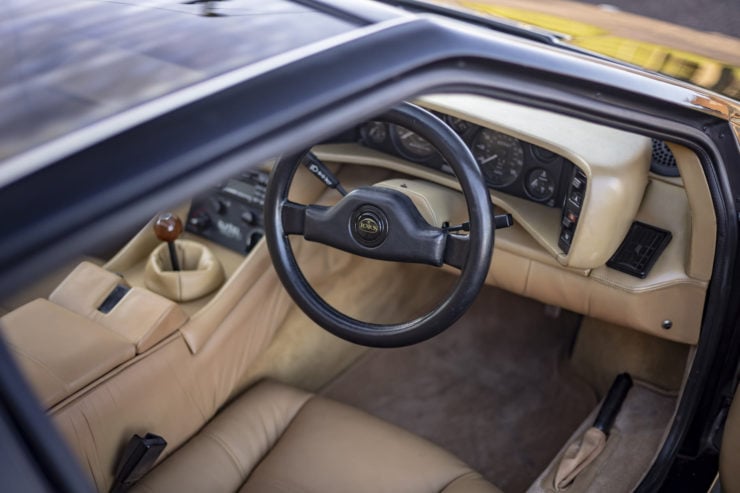

The original naturally-aspirated Esprit had delivered 160 bhp from its Lotus 907 inline-four cylinder engine with double overhead cams. This was sent through the same 5-speed manual gearbox as was used on the Maserati Merak, originally sourced from Citroen.
Lotus cars have always been about low weight, precise handling, and steering that gives excellent feel and feedback. Power has always been more of a secondary concern.
With the Esprit, possibly due to its supercar looks, people wanted supercar performance to match, and Lotus dealer Bell and Colvill had developed their own turbocharging kit for the car to deliver this power increase.
Lotus themselves weren’t far behind with the Essex Turbo Esprit, which offered 210 bhp, 200 lb ft of torque, a top speed of 150+ mph and a 0-60 mph time of 6.1 seconds. These were borderline supercar performance numbers by the standards of the time, and the car enjoyed widespread media acclaim.
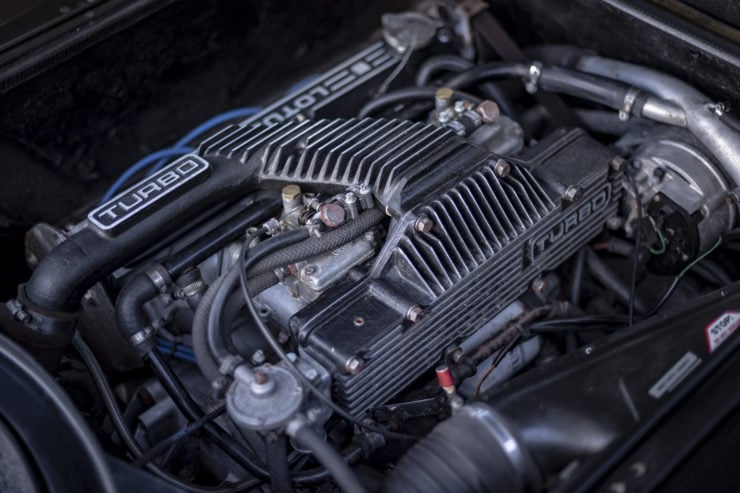

The Series 3 Esprit and the new Turbo Esprit hit the market in 1982 and remained in production until 1988 when they were replaced with a newly restyled Esprit.
The Lotus Esprit Turbo Shown Here
The car you see here is a Lotus Esprit Turbo from 1986 wearing JPS livery, this color scheme was first offered by Lotus after their closely related F1 team won the Formula 1 Constructors’ Championship in 1978.
JPS or “John Player Special” was the primary sponsor of the team and the gold-on-black livery became legendary.
This car has been through a recent full restoration including an engine and transmission rebuild, it’s now being offered for sale in a live auction on The Market by Bonhams. If you’d like to read more about it or register to bid you can click here to visit the listing.

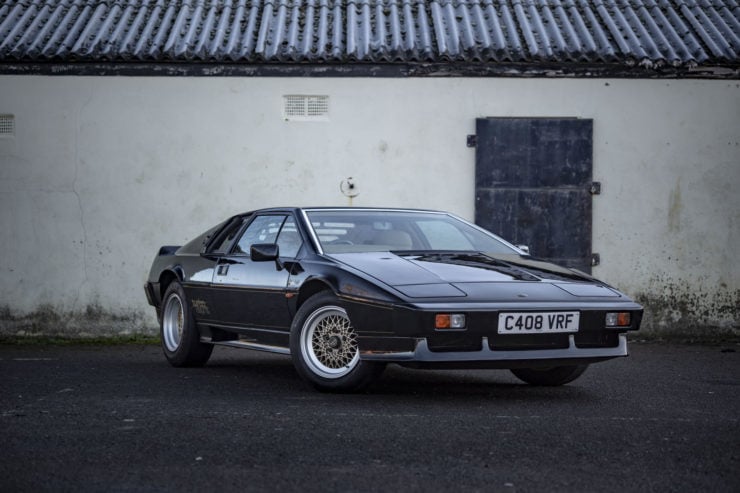
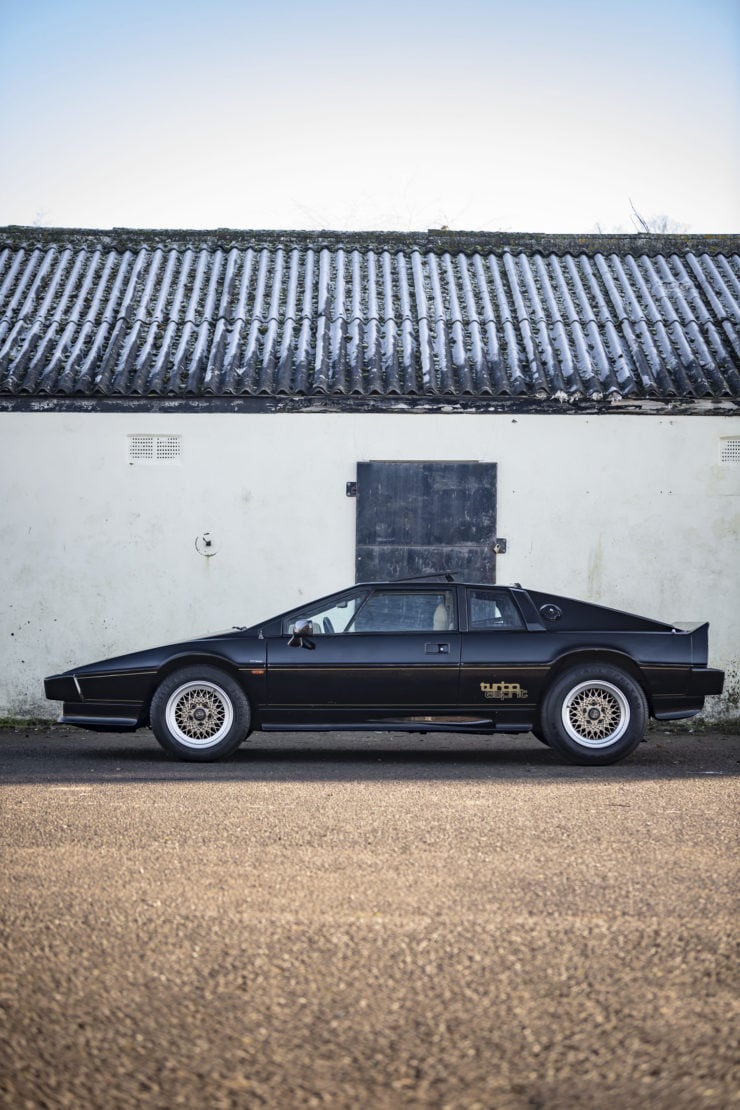
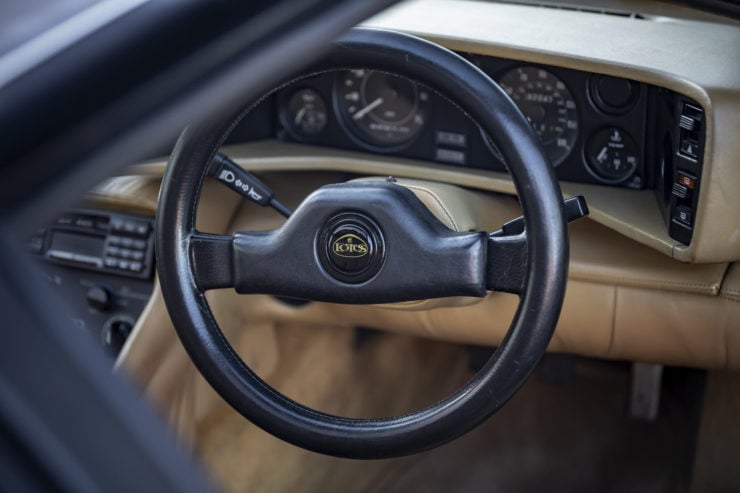
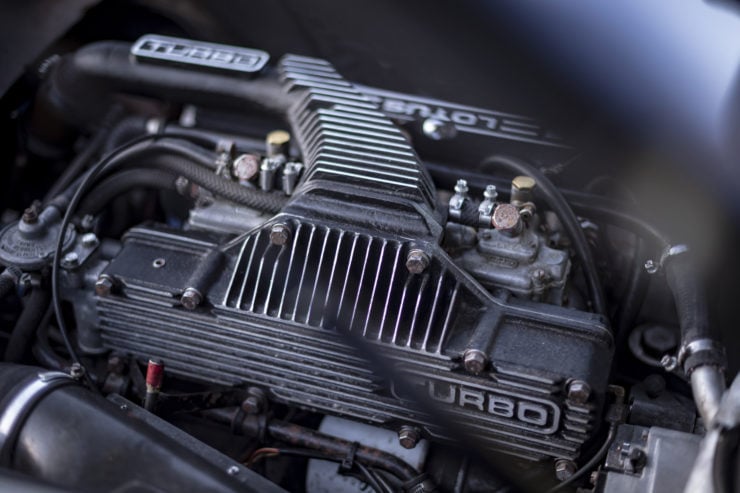

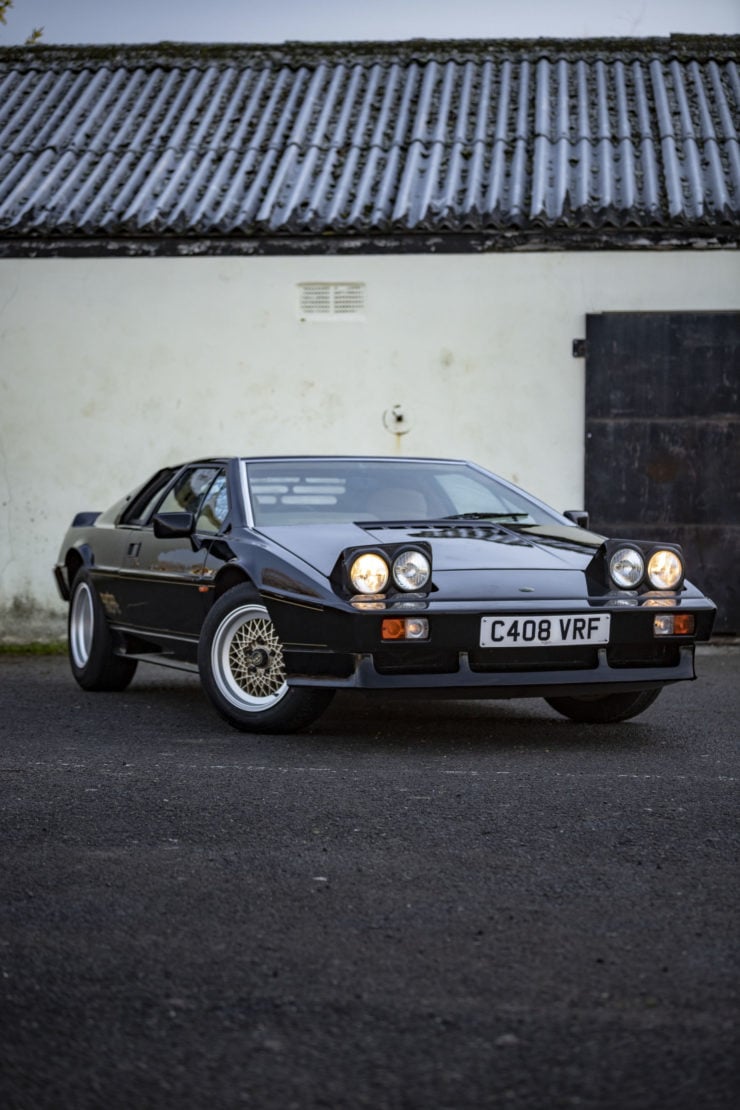
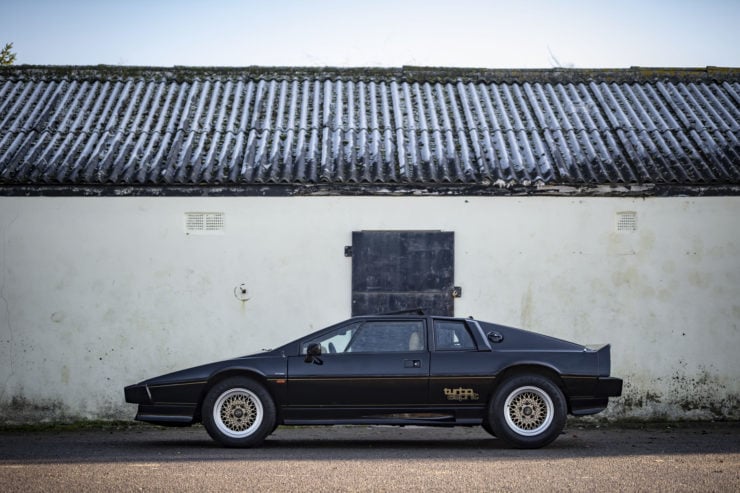

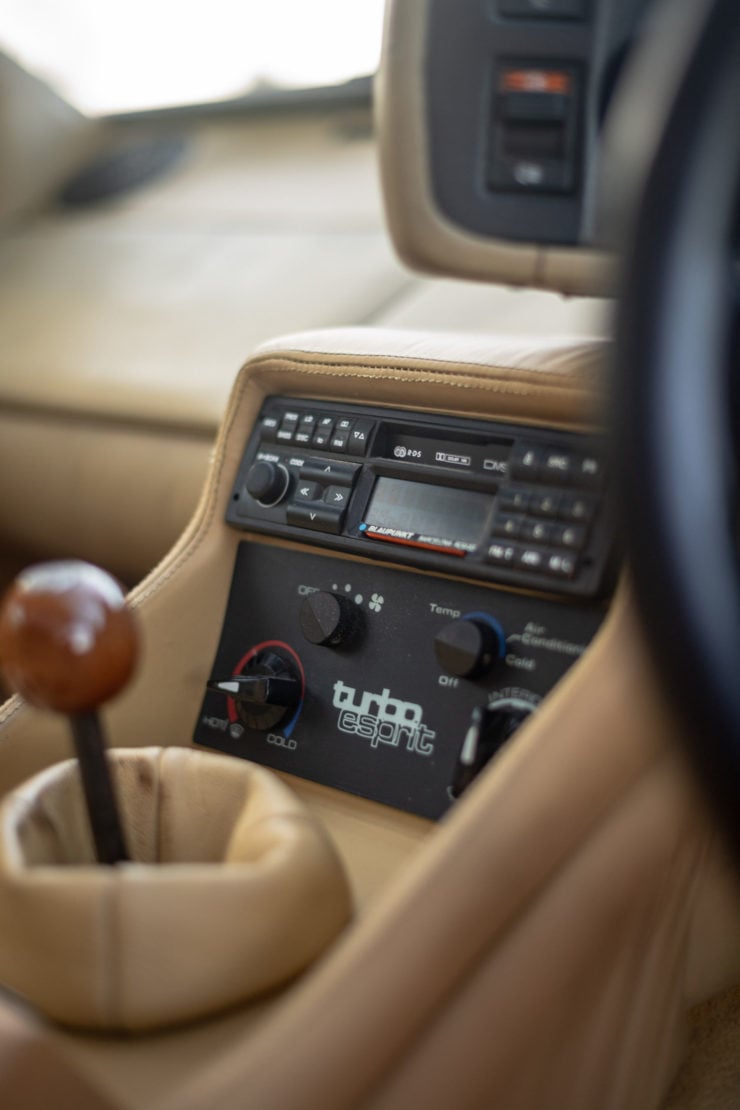
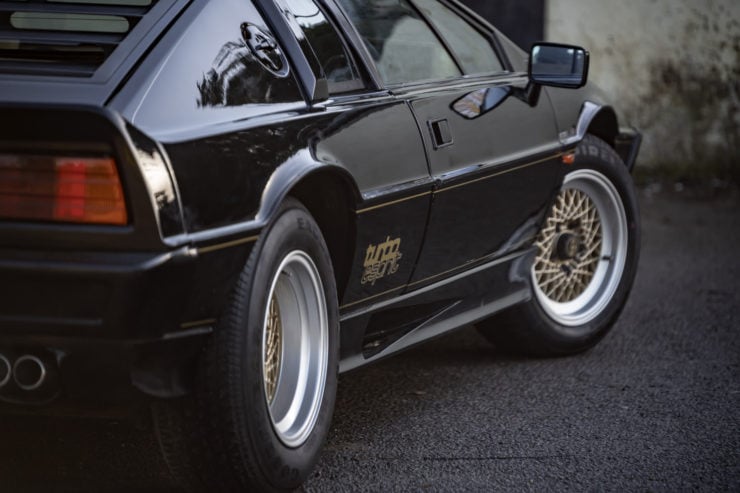
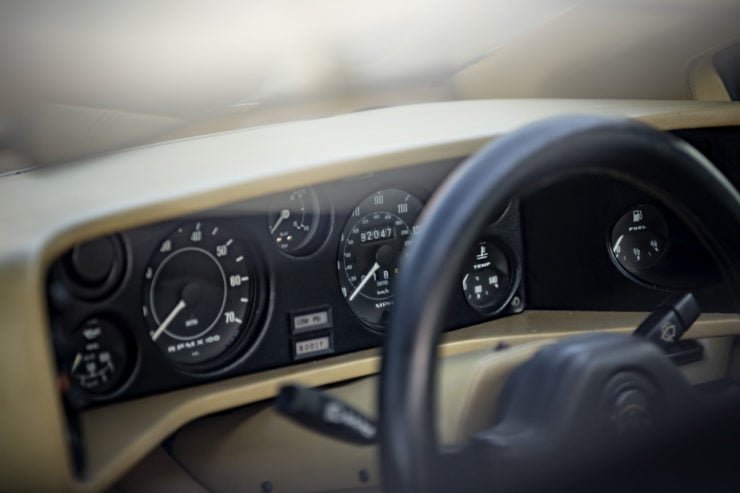
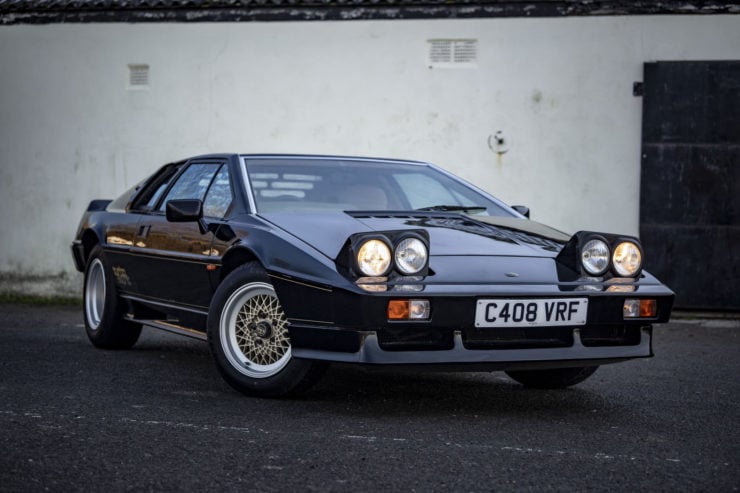
Images courtesy of The Market

